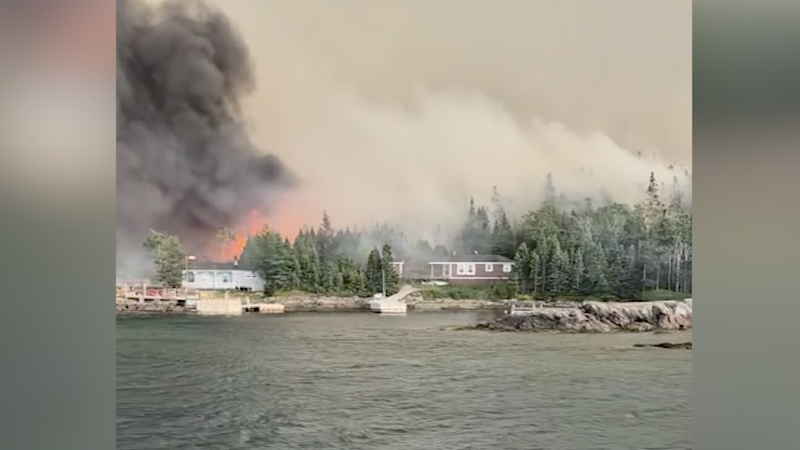
Earlier this week a resident of Port aux Choix took to social media to detail numerous health challenges she has been facing since 2020.
Pam Scanlon shared on Facebook that she had an appointment with a neurologist in New Brunswick, and when she received her blood test results back it was discovered that she had pesticides and herbicides in her blood stream.
Scanlon said in the now viral Facebook post, that her doctor is confident that the source of of these toxin’s are from the drinking water in her hometown of Port aux Choix.
The town council has now posted to Facebook that they have decided to get the drinking water tested.
The town of Port aux Choix also say they have contacted the Department of Health and the Department of Environment and they replied with the following information:
Key Messages for Environmental Health Officers regarding Port au Choix drinking water concerns
• The Department of Health and Community Services is taking this complaint seriously and is investigating the situation in partnership with the Department of Environment and Climate Change (ECC).
• As part of its investigation, the Department of Health and Community Services has contacted Public Health officials in the province of New Brunswick, where the neurologist is based, to see if more information can be obtained.
• The Department of Environment and Climate Change has advised that the Potable Water Dispensing Unit in Port au Choix, in place since 2016, is operating appropriately and remains a safe source of drinking water for community residents.
• Anyone with health-related concerns should speak with a health care provider.
• The Provincial Government, through ECC, regularly monitors drinking water quality for public water systems.
• Water quality monitoring and reporting requirements are established within the Policy for Drinking Water Quality Monitoring and Reporting for Public Water Supplies. Parameters regularly monitored include those found in standard chemical analysis and metal scan packages. Monitoring parameters may be added or changed due to site-specific circumstances.
• Health Canada guidance indicates that glyphosate can be effectively removed from drinking water by conventional treatment, including chlorination or ozonation. The Health Canada Maximum Acceptable Concentration for glyphosate in drinking water is 0.27 mg/L.
• Currently, there are 473 public water supplies in Newfoundland and Labrador. Of the 295 surface water supplies, 264 are protected; and of the 178 groundwater supplies, 76 are protected under the Water Resources Act.
• The Town of Port au Choix has two water supplies (Winterhouse Pond and Wellfield) that are both protected under the Water Resources Act. As noted above, a Potable Water Dispensing Unit has been in place since 2016 for resident use.
• The Policy for Land and Water Related Developments in Protected Public Water Supply Areas activities not permitted within a designated area including:
• Storage and disposal of pesticides and manure, application of manure and chemicals in specified buffer zones, extensive land clearing, and peat land drainage without adequate treatment;
• Clear cutting of forest in sensitive areas, establishment of camps and camp facilities, storage of chemicals, application of pesticides, drainage of peat land for afforestation, and application of toxic fire retardants; and
• Application of herbicides in the right-of-way, and use of chemically treated utility poles and other related structures.
• Health Canada, through the Pest Management Regulatory Agency, is responsible for reviewing and approving pesticides for use in Canada. The federal regulator also sets requirements of safe application and handling for approved pesticides.
• In Newfoundland and Labrador, the Department of Environment and Climate Change issues licenses to proponents who wish to use pesticides in the pest control industry. All pesticide operations must follow the terms and conditions set out within the pesticide operator licenses issued to the proponent.






